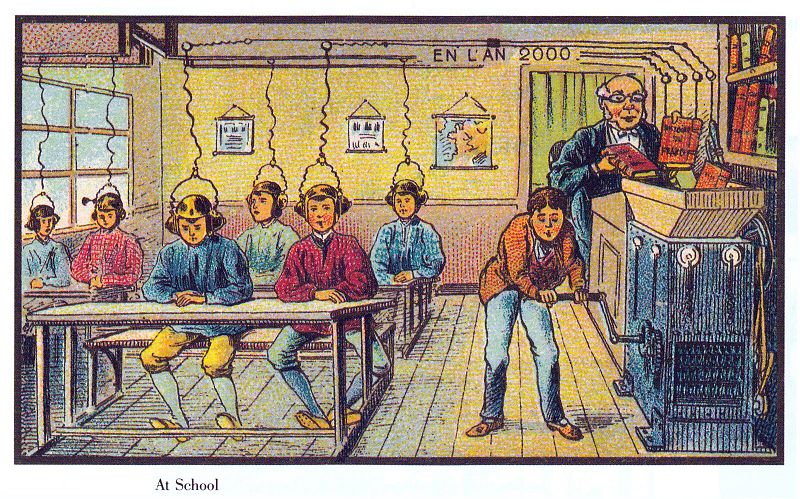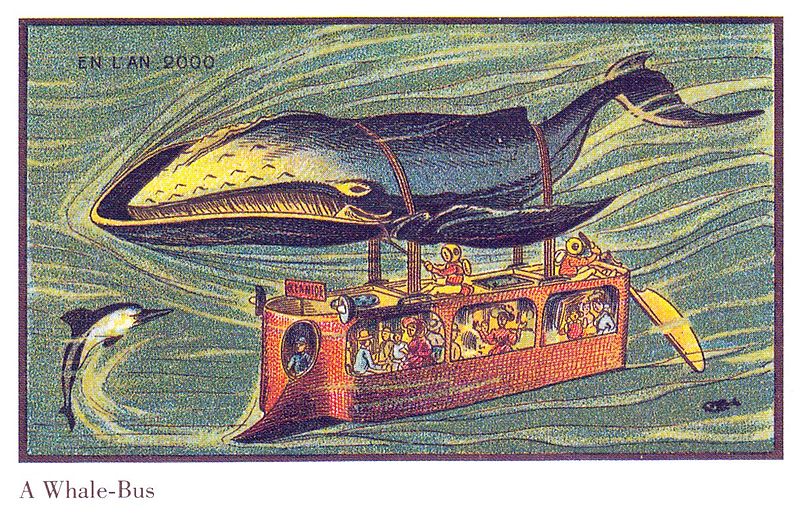Though Jane Austen hasn’t published a novel since 1817 — with her death that same year being a reasonable excuse — her appeal as a literary brand remains practically unparalleled in its class. This century has offered its own film and television versions of all her major novels from Sense and Sensibility to Persuasion, and even minor ones like Sandition and Lady Susan. As for the looser adaptations and Austen-inspired works in other media, it would be difficult even to count them. But to understand why Austen endures, we must go back to Austen herself: to novels, that is, and to the entertainingly innovative manner in which she wrote them.
At the beginning of her very first book says Evan Puschak, Austen “did something that changed fiction forever.” Puschak, better known as the Nerdwriter, has in his latest video chosen Sense and Sensibility as an example with which to explain the key technique that set its author’s work apart. When, in the scene in question, the dying Henry Dashwood makes his son John promise to take care of his three half-sisters, the younger man inwardly resolves to himself to give them a thousand pounds each. “Yes, he would give them three thousand pounds,” Austen writes. “It would be liberal and handsome! It would be enough to make them completely easy. Three thousand pounds! He could spare so little a sum with a little inconvenience.”
What, exactly, is going on here? Before this passage, Puschak explains, “the narrator is describing the thoughts and feelings of John Dashwood.” But then, “something changes: it’s suddenly as if we’re inside John’s mind. And yet, the point of view doesn’t change: we’re still in the third person.” This is a notable early example of what’s called “free indirect style,” which literary critic D. A. Miller describes as a “technique of close writing that Austen more or less invented for the English novel.” When she employs it, “the narration’s way of saying is constantly both mimicking, and distancing itself from, the character’s way of seeing.”
In his book Jane Austen, or The Secret of Style, Miller pays a good deal of attention to the later Emma, with its “unprecedented prominence of free indirect style.” When, in Austen’s hand, that style “mimics Emma’s thoughts and feelings, it simultaneously inflects them into keener observations of its own; for our benefit, if never for hers, it identifies, ridicules, corrects all the secret vanities and self-deceptions of which Emma, pleased as Punch, remains comically unconscious. And this is generally what being a character in Austen means: to be slapped silly by a narration whose constant battering; however satisfying — or terrifying — to readers, its recipient is kept from even noticing.” Austen may have been a novelist of great technical proficiency and social acuity, but she also understood the eternal human pleasure of sharing a laugh at the delusional behind their back.
Related content:
An Animated Introduction to Jane Austen
Download the Major Works of Jane Austen as Free eBooks & Audio Books
This Is Your Brain on Jane Austen: The Neuroscience of Reading Great Literature
Based in Seoul, Colin Marshall writes and broadcasts on cities, language, and culture. His projects include the Substack newsletter Books on Cities, the book The Stateless City: a Walk through 21st-Century Los Angeles and the video series The City in Cinema. Follow him on Twitter at @colinmarshall or on Facebook.










